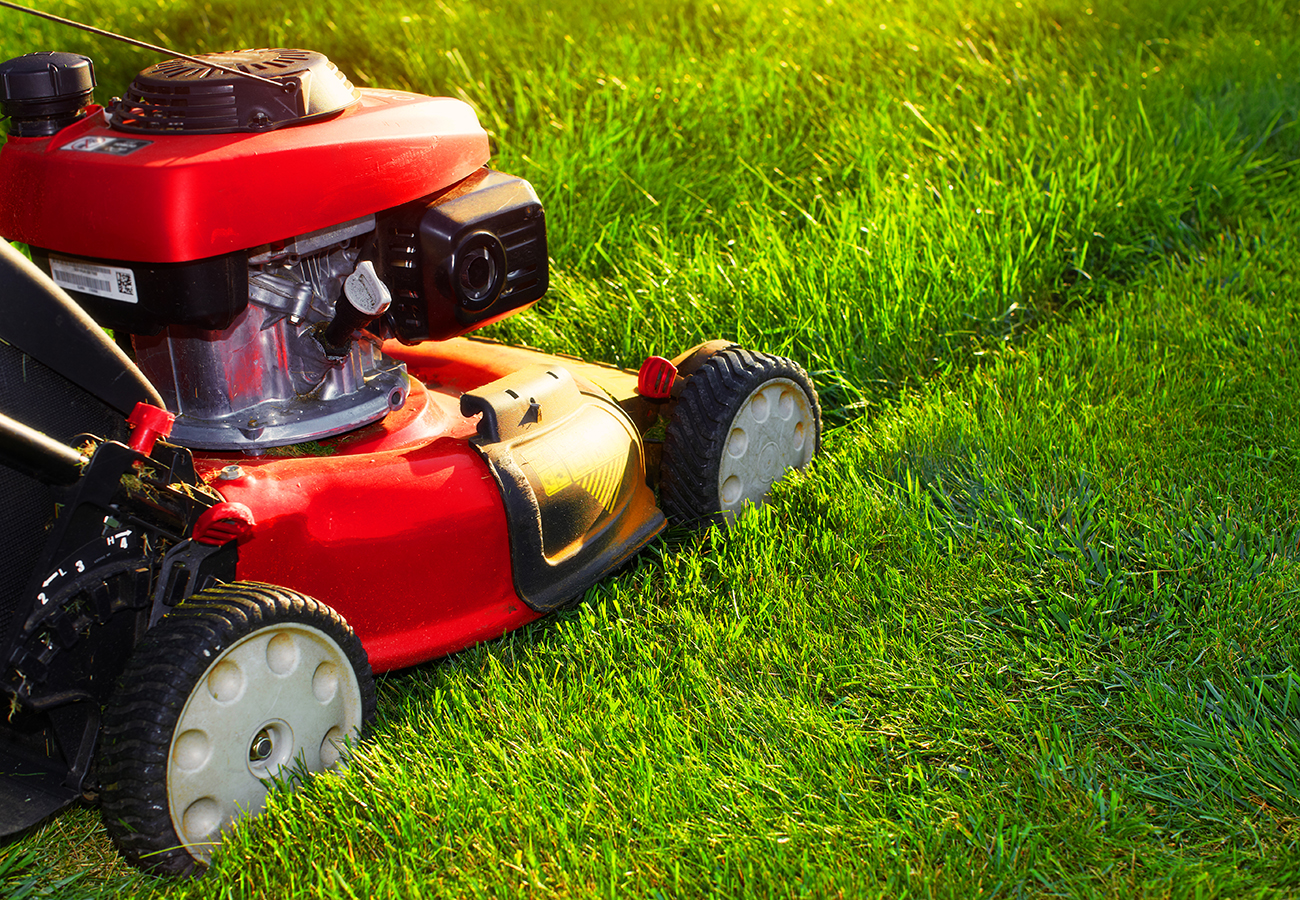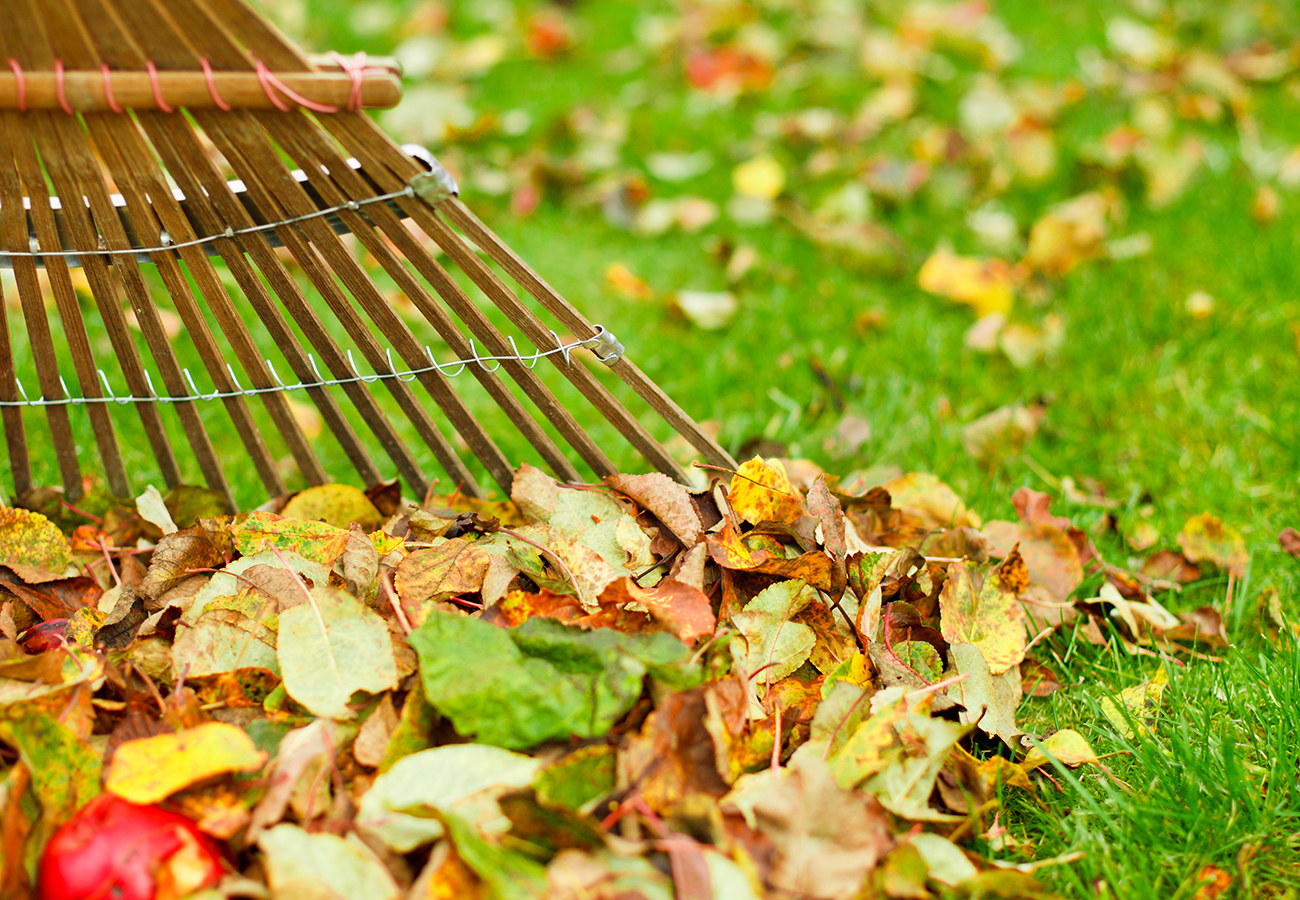Planting Sod in the Winter
The upside of planting sod in the winter is that you get a jump on establishing your lawn and also using less water.
Cool season grasses thrive in cooler climates that have major fluctuations in temperatures. The most popular are:
Warm season grasses flourish in warm climates of the southern United States. The most popular are:
Transition zone grasses are characterized by a mixed climate that falls between the more clear-cut weather patterns of the cool zone to the north and the warm zone to the south of the country.

Start Your Engines. Make sure your mower is ready for action! Oil change, spark plugs, blade sharpened, and don’t forget the gas!
Spring Cleaning. Remove any dead grass and debris to allow airflow and sunlight to work their magic on your grass.
Set Up for Success. Apply a pre-treatment to prevent weeds from germinating and reduce crabgrass.
A Need for Feed. Fertilizing helps rejuvenate your lawn leaving it healthy, green and thick.
Quick Fix. Repair unsightly bare or bald areas in no time flat with Harmony SOD. Available by the piece from your favorite lawn improvement center.

Easy Does It. Raise your mower blades to prevent over-mowing. Taller grass is more drought-tolerant, grows deeper roots, and discourages weeds.
Set Your Alarm. Water in the morning, between 6 and 10 am, to lose less water from evaporation.
Keep Those Clippings. Mulch grass clippings to feed your lawn and keep moisture levels steady.
Moderation is Key. Scheduled feeding times are an easy way to add nutrients to your lawn without over-fertilizing, which can “burn” your yard.

Low and Mow. Cut your lawn 1 to 2″ shorter than summer heights. Shorter grass prevents matting it down under leaves and snow.
Continue Watering. In cooler weather, your lawn still needs about 1” of water per week.
Tidy Is Key. Leaves on the lawn block sunlight and trap moisture. Rake often or try a mulching mower to keep your grass clear of debris.
Fall Feeding. This is the best time to feed your lawn and help it through winter. When summer arrives, your lawn will be ready to shine.
Fill and Chill. Repair unsightly bare areas with Harmony Sod. Available by the piece from your favorite home improvement store.

Clear the Way. Anything left on the grass during cold weather can create dead spots in your lawn. Remove debris and store seasonal furniture and toys.
Keep off the Lawn. Steer clear from walking on dormant lawns to avoid making unsightly paths and worn spots.
Ice Breaker. Using salt on icy areas can damage your lawn and garden. Use instead salt-free and pet-safe alternatives.
Breathe Easy. Aerate your lawn before the snow flies to encourage air circulation and minimize compacting. Check out How to Aerate your Lawn.
Skipped Feeding in Fall? If you didn’t fertilize in the fall, apply a winter or late season feed to strengthen your lawn.
The upside of planting sod in the winter is that you get a jump on establishing your lawn and also using less water.
Natural lawns provide many benefits beyond their aesthetic appeal. Studies have found that natural turf has several positive impact on the environment and our lives.